Sir Peter Blake
BRITISH PAINTER AND PRINTMAKER
The work of Peter Blake - Godfather of British Pop Art - crosses all generational divides and inspires great respect from younger artists such as Damien Hirst, Gavin Turk, Pure Evil and Tracey Emin. Knighted in 2002, an honorary doctor of the Royal College of Art, and with his work represented in major collections throughout the world, Blake is one of the grand figures of British Art.
Read more
Blake's work reflects his fascination with all streams of popular culture and the beauty to be found in everyday objects and surroundings. Many of his works feature found printed materials such as photographs, comic strips or advertising texts, combined with bold geometric patterns and the use of primary colours. The works perfectly capture the effervescent and optimistic ethos of the sixties, but are also strikingly fresh and contemporary. There is also a strain of sentimentality and nostalgia running throughout his work, with a particular focus towards childhood innocence and reminiscence, as can be seen clearly in his recent Alphabet series. Blake is renowned for his connections with the music industry, having produced iconic album covers for the Beatles, Paul Weller, The Who, and Oasis.
Peter Blake was born in Dartford in 1932 and studied at Gravesend Technical College from 1949-51. After a period of national service in the Royal Air Force, he attended the Royal College of Art, graduating in 1956. Upon graduation he won the Leverhulme Research Award, allowing him to travel and study folk art in countries such as Belgium, France, Italy and Spain: his grand tour. It was around the period of his return to the UK that Blake's style evolved from the classical naturalistic oil paintings of his early period to the collaged works containing images of movie stars, musicians and pin-up girls that we most readily associate with him (although Blake has always retained a naturalistic strain in his work and has continued to work in oil on canvas throughout his career).
During the 1960s and 70s Blake taught at various institutions and also exhibited his work in many individual and group shows, both domestically and internationally. In 1961 he won the John Moores Award for his work “Self-Portrait with Badges”, and was also featured in Ken Russell's BBC film on Pop Art 'Pop Goes the Easel', which first brought him to wide popular attention. In 1969 Blake left London to live in the West Country where he was a founding member of the Brotherhood of Ruralists in 1975. He continued to live near Bristol until 1979; during this period his work moved away from the glossy commercial pop art for which he is most celebrated and focused instead on literary and rural subjects in oil.
Blake moved back to Chiswick in 1979; upon his return to London his work reverted to the earlier pop culture references that had been his dominant inspiration previously. He still resides and works in Chiswick, maintaining a prolific output of work. He was elected a member of the Royal Academy of Arts in 1981 and appointed CBE in 1983. A major retrospective of his work - "Now We Are 64" - was held at the National Gallery in 1996, and another at Tate Liverpool in 2007.
Recent years have been as busy as ever: 2016 began with a solo show of original work - 'Portraits and People' - at London's Waddington Custot Galleries, which garnered national and international press attention. Highlights in 2015 included a commission from Tate Liverpool and the Liverpool Biennial to transform a Mersey ferry into a 'dazzle ship' to commemorate the work of First World War ship designers. Blake has designed fabrics for Stella McCartney, and carpets for the Supreme Court. In 2012 he redesigned the BRIT award statuettes and produced a portrait of the Queen commissioned by the Radio Times to celebrate her Diamond Jubilee (which appeared on its cover). He is currently working on a series of jacket designs for Penguin Books.
Signed Limited Edition Silkscreen
1982 album cover created for the band Landscape
Edition of 250
Paper size: 65.8 × 67.7cm
£1200 Unframed
Contact the gallery for a framing quote
Or £120 per month on Own Art payable in 10 equal interest-free monthly instalments
Signed Limited Edition Silkscreen
2004 album cover for Brian Wilson’s seventh solo album
Edition of 250
Paper size: 65.8 × 67.7cm
£1200 Unframed
Contact the gallery for a framing quote
Or £120 per month on Own Art payable in 10 equal interest-free monthly instalments
Signed Limited Edition Silkscreen with Glazes
Edition of 150
Paper size: 91 × 93cm
£2100 Unframed
Contact the gallery for a framing quote
Or £210 per month on Own Art payable in 10 equal interest-free monthly instalments
Signed Limited Edition Silkscreen with Lithographic Collage
Edition of 100
Paper size: 90 x 75cm
£1950 Unframed
Or £195 per month on Own Art payable in 10 equal interest-free monthly instalments
Signed Limited Edition Silkscreen with Lithographic Collage
Edition of 100
Paper size: 90 x 75cm
£2450 Unframed
Or £245 per month on Own Art payable in 10 equal interest-free monthly instalments
Signed Limited Edition Silkscreen Print with Collaged Wood Veneer, 3D Wooden Hand-Painted Elements, LED Lights, Embossing, Diamond Dust, Gold Leaf and Glazes
Edition of 25
Paper size: 100 x 35.8cm
£POA
Signed Limited Edition Silkscreen
Edition of 125
Paper size: 59 x 84cm
£2200 Unframed
Or £220 per month on Own Art payable in 10 equal interest-free monthly instalments
Signed Limited Edition Silkscreen with Collage
Edition of 100
Paper size: 65 x 74cm
£2400 Unframed
Or £240 per month on Own Art payable in 10 equal interest-free monthly instalments
Signed Limited Edition Silkscreen with Collage
Edition of 100
Paper size: 65 x 74cm
£2400 Unframed
Or £240 per month on Own Art payable in 10 equal interest-free monthly instalments
Signed Limited Edition Silkscreen with Collage
Edition of 100
Paper size: 65 x 74cm
£2400 Unframed
Or £240 per month on Own Art payable in 10 equal interest-free monthly instalments
Signed Limited Edition Silkscreen with Collage
Edition of 100
Image size: 65 x 74cm
£2400 Unframed
Or £240 per month on Own Art payable in 10 equal interest-free monthly instalments
Signed Limited Edition Silkscreen with Collage
Edition of 100
Paper size: 65 x 74cm
£2400 Unframed
Or £240 per month on Own Art payable in 10 equal interest-free monthly instalments
Signed Limited Edition Silkscreen with Silver Leaf
Edition of 175
Paper size: 76 x 101.5cm
£1800 Unframed
Or £180 per month on Own Art payable in 10 equal interest-free monthly instalments
Signed Limited Edition Silkscreen with Silver Leaf
Edition of 175
Paper size: 76 x 101.5cm
£1800 unframed
Or £180 per month on Own Art payable in 10 equal interest-free monthly instalments
Signed Limited Edition Collaged Silkscreen with Gold Leaf, Diamond Dust, Embossing & Glazes
Edition of 125
Paper size: 70 x 86cm
£3250 Unframed
Or £325 per month on Own Art payable in 10 equal interest-free monthly instalments
Please check for availability with the gallery
Signed Limited Edition Collaged Silkscreen with Gold Leaf, Diamond Dust, Embossing & Glazes
Edition of 125
Paper size: 70 x 86cm
£3250 Unframed
Or £325 per month on Own Art payable in 10 equal interest-free monthly instalments
Please check for availability with the gallery
Signed Limited Edition Collaged Silkscreen with Gold Leaf, Diamond Dust, Embossing & Glazes
Edition of 125
Paper size: 70 x 86cm
£3250 Unframed
Or £325 per month on Own Art payable in 10 equal interest-free monthly instalments
Please check for availability with the gallery
Signed Limited Edition Silkscreen with Collage
Edition of 100
Paper size: 41.6 x 49cm
£1950 Unframed
Or £195 per month on Own Art payable in 10 equal interest-free monthly instalments
Signed Limited Edition Silkscreen with Collage
Edition of 100
Paper size: 41.6 x 49cm
£1950 Unframed
Or £195 per month on Own Art payable in 10 equal interest-free monthly instalments
Signed Limited Edition Silkscreen with Collage
Edition of 100
Paper size: 41.6 x 49cm
£1950 Unframed
Or £195 per month on Own Art payable in 10 equal interest-free monthly instalments
Signed Limited Edition Silkscreen
Edition of 175
Paper size: 123 x 122cm
£11,000 Unframed
Or £1100 per month on Own Art payable in 10 equal interest-free monthly instalments
Please check for availability with the gallery
Signed Limited Edition Archival Inkjet Glitter Print with Silkscreen Glazes
Edition of 50
Paper size: 48 x 77.6cm
£1495 Unframed
Or £149.50 per month on Own Art payable in 10 equal interest-free monthly instalments
Signed Limited Edition Archival Inkjet Glitter Print with Silkscreen Glazes
Edition of 50
Paper size: 48 x 77.6cm
£1495 Unframed
Or £149.50 per month on Own Art payable in 10 equal interest-free monthly instalments
Signed Limited Edition Archival Inkjet Glitter Print with Silkscreen Glazes
Edition of 50
Paper size: 48 x 77.6cm
£1695 Unframed
Or £169.50 per month on Own Art payable in 10 equal interest-free monthly instalments
Signed Limited Edition Archival Inkjet Glitter Print with Silkscreen Glazes
Edition of 50
Paper size: 48 x 77.6cm
£1695 Unframed
Or £169.50 per month on Own Art payable in 10 equal interest-free monthly instalments
Signed Limited Edition Archival Inkjet Glitter Print with Silkscreen Glazes
Edition of 50
Paper size: 48 x 77.6cm
£1695 unframed
Or £169.50 per month on Own Art payable in 10 equal interest-free monthly instalments
Signed Limited Edition Archival Inkjet Glitter Print with Silkscreen Glazes
Edition of 50
Paper size: 48 x 77.6cm
£1695 Unframed
Or £169.50 per month on Own Art payable in 10 equal interest-free monthly instalments
Signed Limited Edition Archival Inkjet Glitter Print with Silkscreen Glazes
Edition of 50
Paper size: 48 x 77.6cm
£1695 Unframed
Or £169.50 per month on Own Art payable in 10 equal interest-free monthly instalments
Signed Limited Edition Silkscreen Print with Collaged Elements
Edition of 80
Paper size: 70 x 55cm
£2950 Unframed
Or £295 per month on Own Art payable in 10 equal interest-free monthly instalments
Signed Limited Edition Silkscreen
Edition of 125
Paper size: 59 x 84cm
£2200 Unframed
Or £220 per month on Own Art payable in 10 equal interest-free monthly instalments
Signed Limited Edition Silkscreen
Edition of 125
Paper size: 59 x 84cm
£2200 Unframed
Or £220 per month on Own Art payable in 10 equal interest-free monthly instalments
Signed Limited Edition Silkscreen with Glitter
Edition of 100
Paper size: 60 x 46cm
£2200 Unframed
Or £220 per month on Own Art payable in 10 equal interest-free monthly instalments
Signed Limited Edition Lithograph
Edition of 10
Paper size: 57 x 70cm
£2000 Unframed
Or £200 per month on Own Art payable in 10 equal interest-free monthly instalments
Signed Limited Edition Lithograph
Edition of 10
Paper size: 69 x 82cm
£2000 Unframed
Or £200 per month on Own Art payable in 10 equal interest-free monthly instalments
Signed Limited Edition Silkscreen
Edition of 175
Paper size: 59.5 x 82cm
£1750 Unframed
Or £175 per month on Own Art payable in 10 equal interest-free monthly instalments
Portfolio set of three silkscreen prints with glazes, each representing Blake's signature styles in watercolour, collage and Pop Art.
Edition of 100
Paper size: 45 x 46cm
Presented in an archival box set
£2950
Or £295 per month on Own Art payable in 10 equal interest-free monthly instalments
Signed Limited Edition Silkscreen Prints with Glazes
Incorporating all 27 prints from The Dazzle Alphabet
Edition of 100 (only 25 portfolio sets available)
Image size of each print: 21 x 30cm
£POA
Please check for availability with the gallery
Signed Limited Edition Silkscreen with Glazes
Edition of 100
Paper size: 27 x 36cm
£1175 Unframed
Or £117.50 per month on Own Art payable in 10 equal interest-free monthly instalments
Signed Limited Edition Silkscreen with Glazes
Edition of 100
Paper size: 27 x 36cm
£975 Unframed
Or £97.50 per month on Own Art payable in 10 equal interest-free monthly instalments
Signed Limited Edition Silkscreen with Glazes
Edition of 100
Paper size: 27 x 36cm
£1175 Unframed
Or £117.50 per month on Own Art payable in 10 equal interest-free monthly instalments
Signed Limited Edition Silkscreen with Glazes
Edition of 100
Paper size: 27 x 36cm
£975 Unframed
Or £97.50 per month on Own Art payable in 10 equal interest-free monthly instalments
Signed Limited Edition Silkscreen with Glazes
Edition of 100
Paper size: 27 x 36cm
£975 Unframed
Or £97.50 per month on Own Art payable in 10 equal interest-free monthly instalments
Signed Limited Edition Silkscreen with Glazes
Edition of 100
Paper size: 27 x 36cm
£775 Unframed
Or £77.50 per month on Own Art payable in 10 equal interest-free monthly instalments
Signed Limited Edition Silkscreen with Glazes
Edition of 100
Paper size: 27 x 36cm
£775 Unframed
Or £77.50 per month on Own Art payable in 10 equal interest-free monthly instalments
Signed Limited Edition Silkscreen with Glazes
Edition of 100
Paper size: 27 x 36cm
£1175 Unframed
Or £117.50 per month on Own Art payable in 10 equal interest-free monthly instalments
Signed Limited Edition Silkscreen with Glazes
Edition of 100
Paper size: 27 x 36cm
£575 Unframed
Or £57.50 per month on Own Art payable in 10 equal interest-free monthly instalments
Signed Limited Edition Silkscreen with Glazes
Edition of 100
Paper size: 27 x 36cm
£775 Unframed
Or £77.50 per month on Own Art payable in 10 equal interest-free monthly instalments
Signed Limited Edition Silkscreen with Glazes
Edition of 100
Paper size: 27 x 36cm
£1175 Unframed
Or £117.50 per month on Own Art payable in 10 equal interest-free monthly instalments
Signed Limited Edition Silkscreen with Glazes
Edition of 100
Paper size: 27 x 36cm
£1500 Unframed
Or £150 per month on Own Art payable in 10 equal interest-free monthly instalments
Signed Limited Edition Silkscreen with Glazes
Edition of 100
Paper size: 27 x 36cm
£775 Unframed
Or £77.50 per month on Own Art payable in 10 equal interest-free monthly instalments
Signed Limited Edition Silkscreen with Glazes
Edition of 100
Paper size: 27 x 36cm
£775 Unframed
Or £77.50 per month on Own Art payable in 10 equal interest-free monthly instalments
Signed Limited Edition Silkscreen with Glazes
Edition of 100
Paper size: 27 x 36cm
£975 Unframed
Or £97.50 per month on Own Art payable in 10 equal interest-free monthly instalments
Signed Limited Edition Silkscreen with Glazes
Edition of 100
Paper size: 27 x 36cm
£575 Unframed
Or £57.50 per month on Own Art payable in 10 equal interest-free monthly instalments
Signed Limited Edition Silkscreen with Glazes
Edition of 100
Paper size: 27 x 36cm
£975 Unframed
Or £97.50 per month on Own Art payable in 10 equal interest-free monthly instalments
Signed Limited Edition Silkscreen with Glazes
Edition of 100
Paper size: 27 x 36cm
£1175 Unframed
Or £117.50 per month on Own Art payable in 10 equal interest-free monthly instalments
Signed Limited Edition Silkscreen with Glazes
Edition of 100
Paper size: 27 x 36cm
£975 Unframed
Or £97.50 per month on Own Art payable in 10 equal interest-free monthly instalments
Signed Limited Edition Silkscreen with Glazes
Edition of 100
Paper size: 27 x 36cm
£575 Unframed
Or £57.50 per month on Own Art payable in 10 equal interest-free monthly instalments
Signed Limited Edition Silkscreen with Glazes
Edition of 100
Paper size: 27 x 36cm
£775 Unframed
Or £77.50 per month on Own Art payable in 10 equal interest-free monthly instalments
Signed Limited Edition Silkscreen with Glazes
Edition of 100
Paper size: 27 x 36cm
£775 Unframed
Or £77.50 per month on Own Art payable in 10 equal interest-free monthly instalments
Signed Limited Edition Silkscreen with Glazes
Edition of 100
Paper size: 27 x 36cm
£575 Unframed
Or £57.50 per month on Own Art payable in 10 equal interest-free monthly instalments
Signed Limited Edition Silkscreen with Glazes
Edition of 100
Paper size: 27 x 36cm
£575 Unframed
Or £57.50 per month on Own Art payable in 10 equal interest-free monthly instalments
Signed Limited Edition Silkscreen with Glazes
Edition of 100
Paper size: 27 x 36cm
£775 Unframed
Or £77.50 per month on Own Art payable in 10 equal interest-free monthly instalments





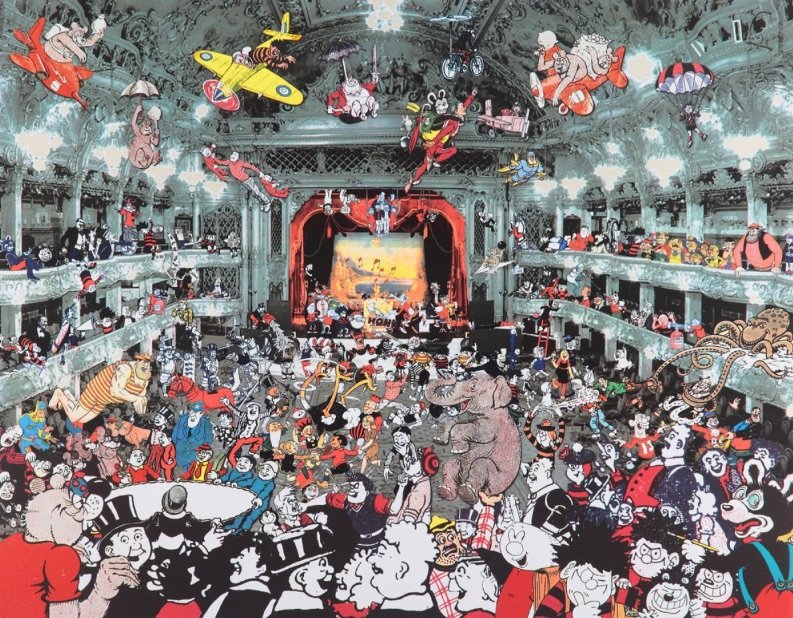


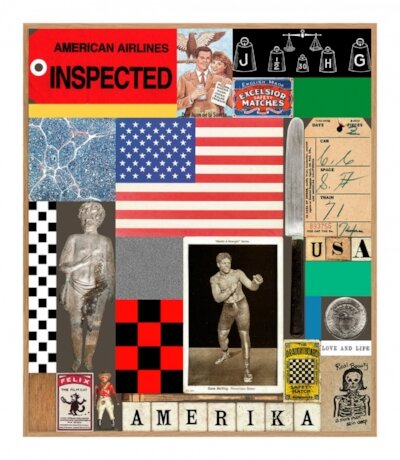
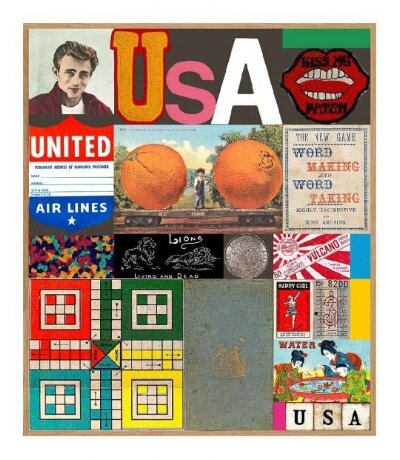
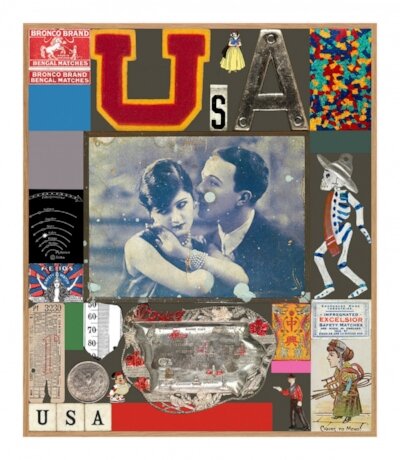
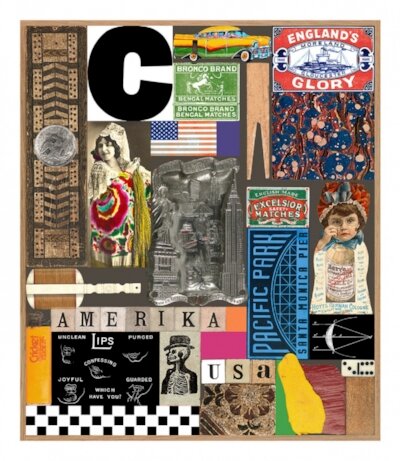
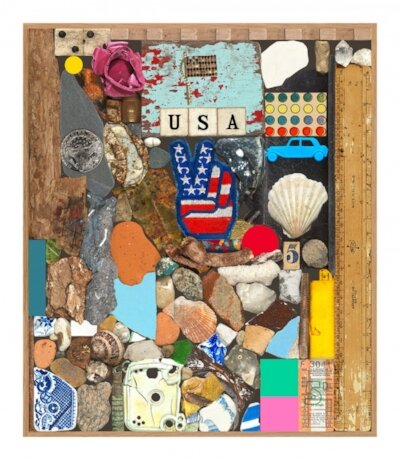
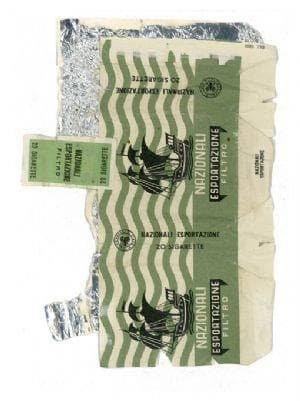

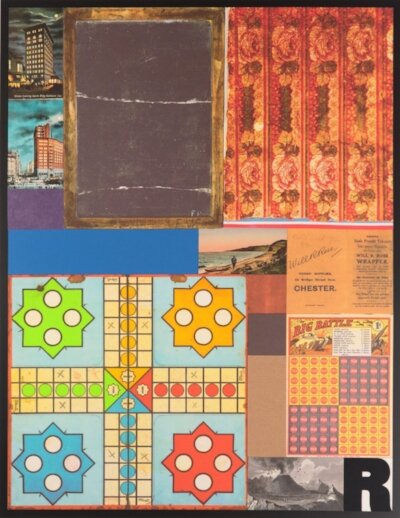
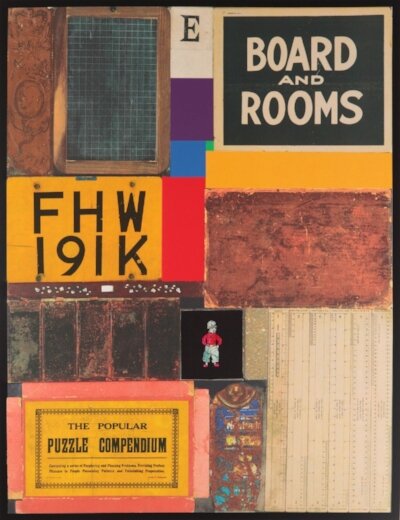
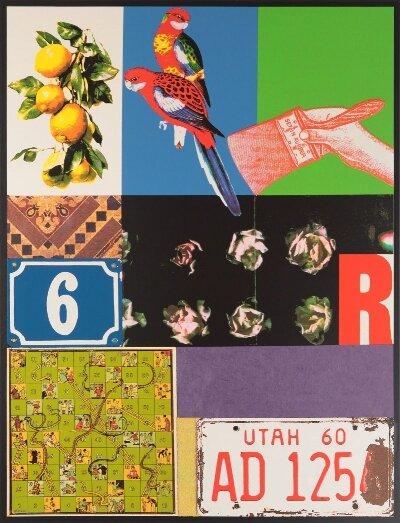
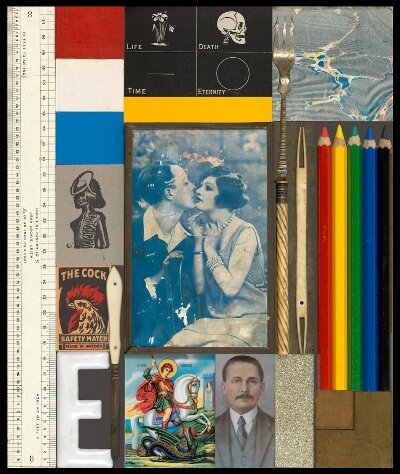
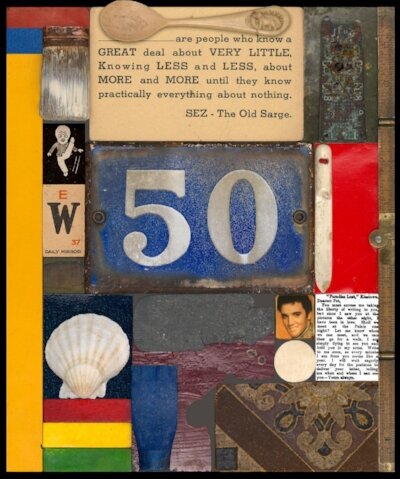
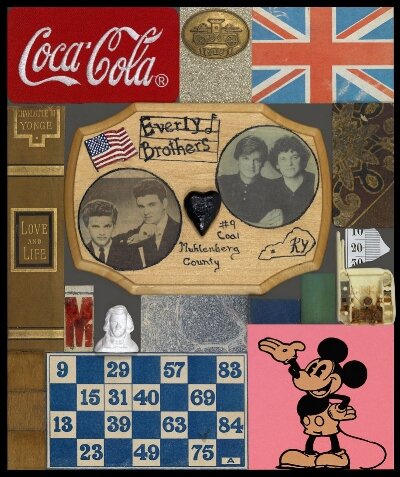
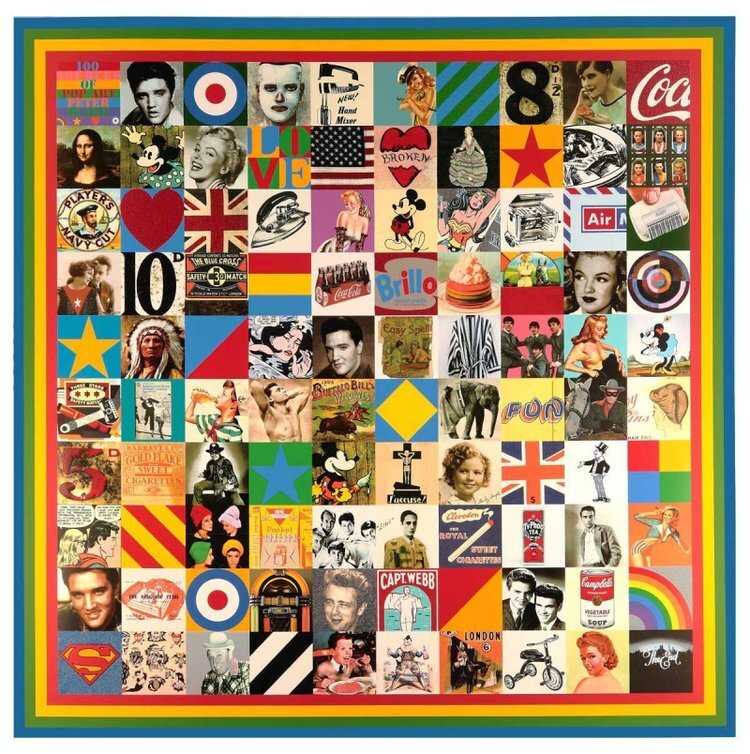
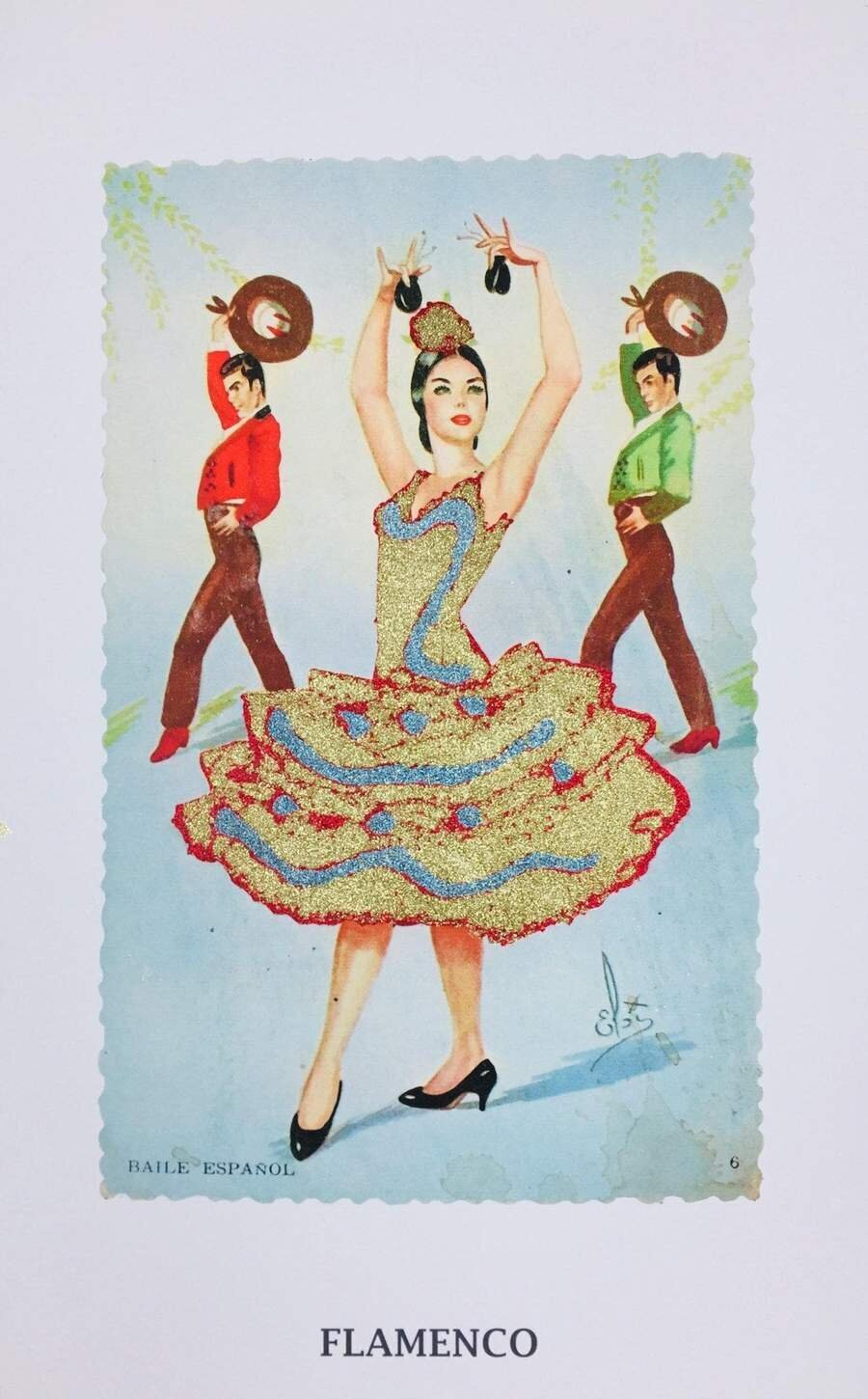
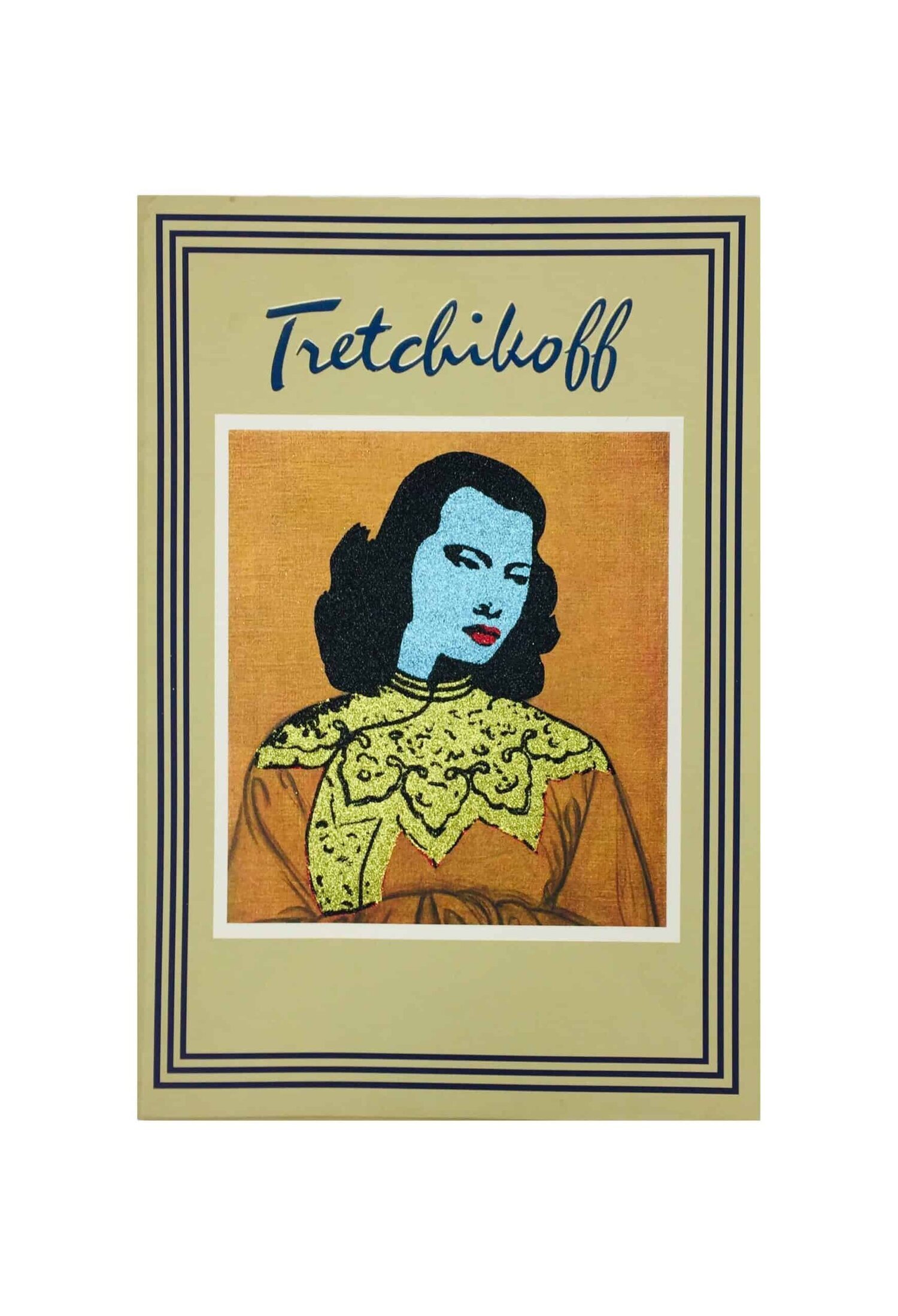



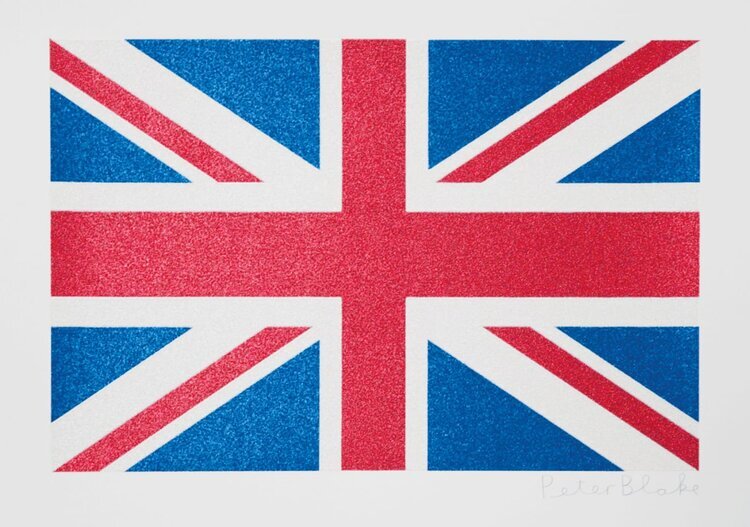
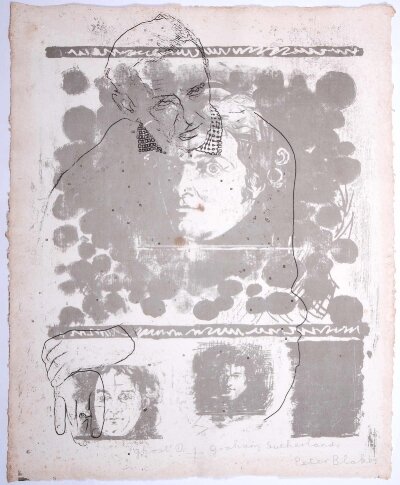
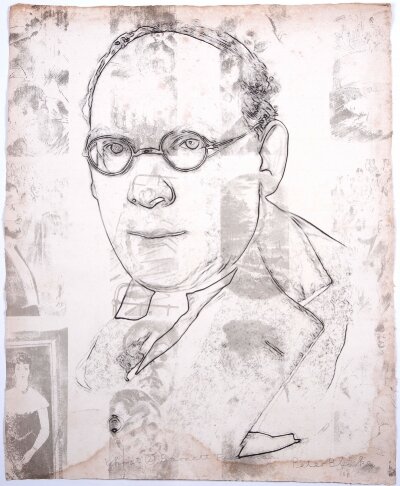
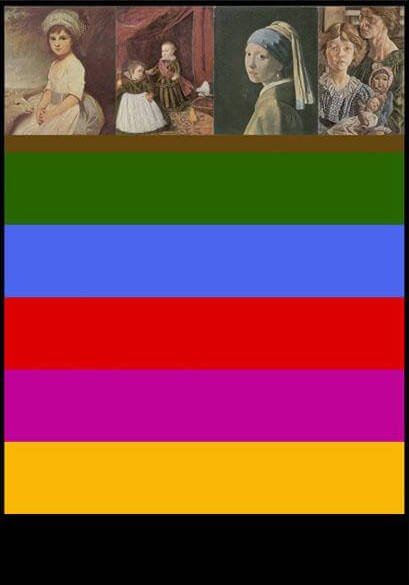

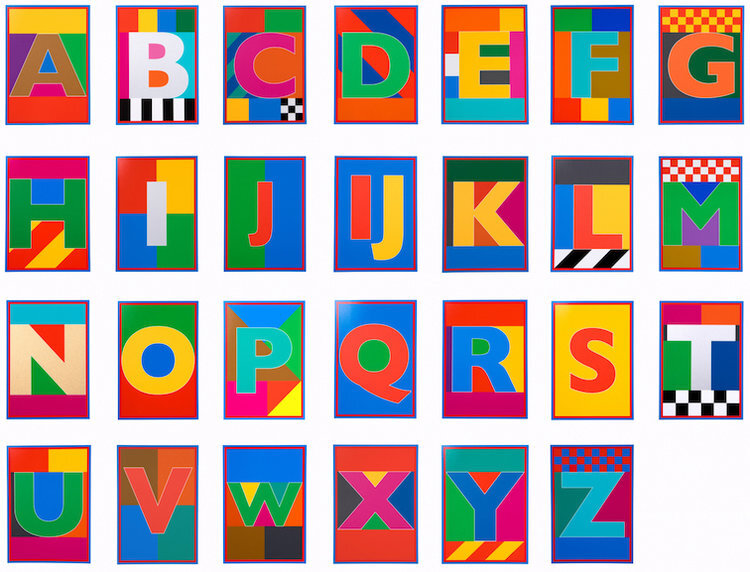
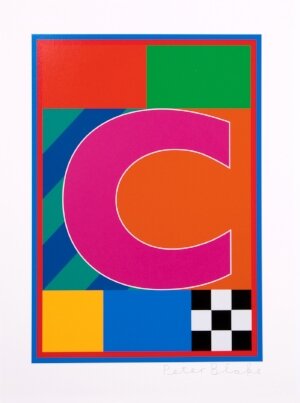
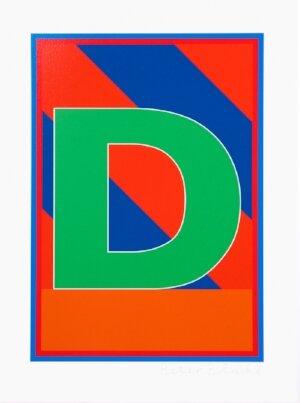
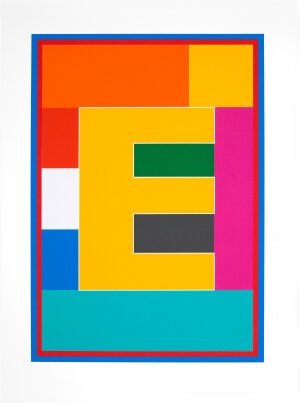

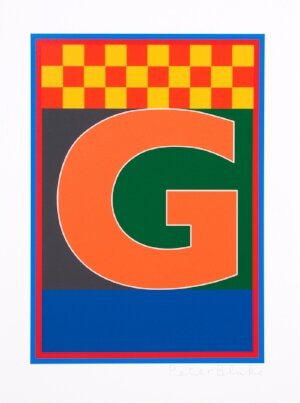

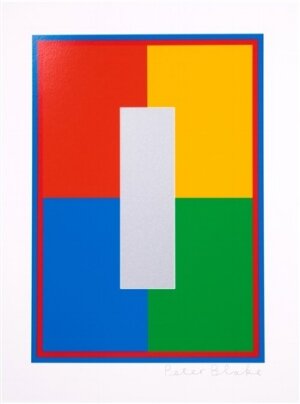
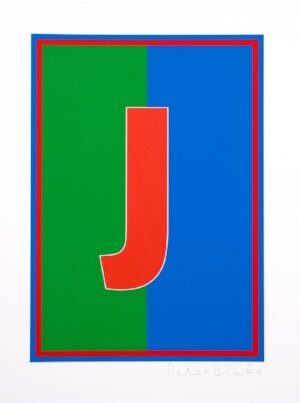
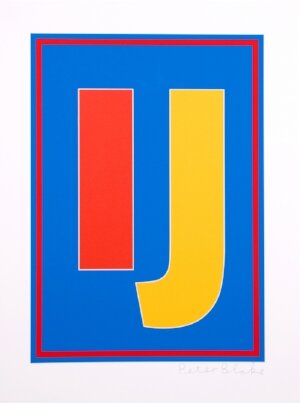
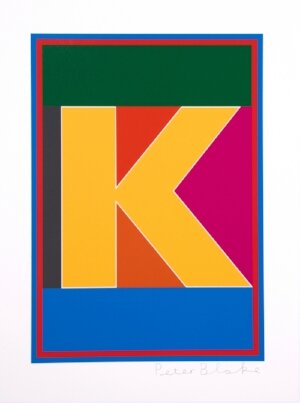
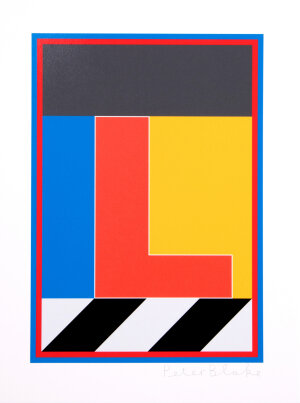
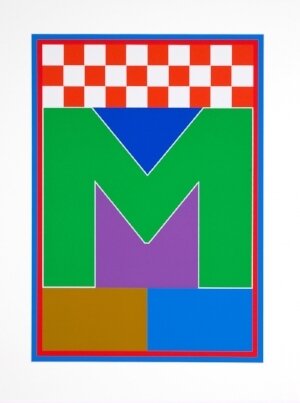
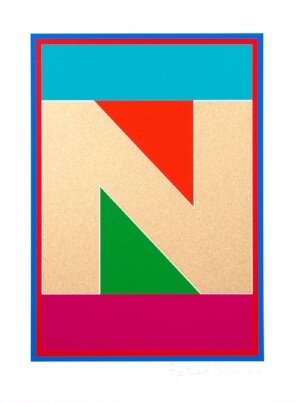
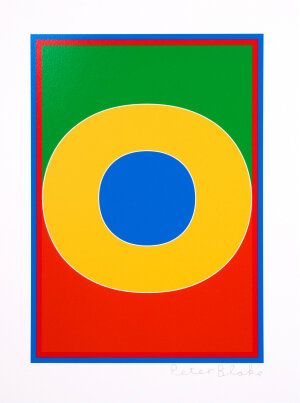
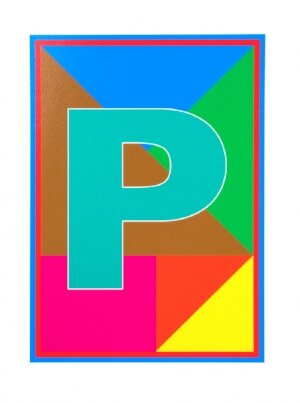
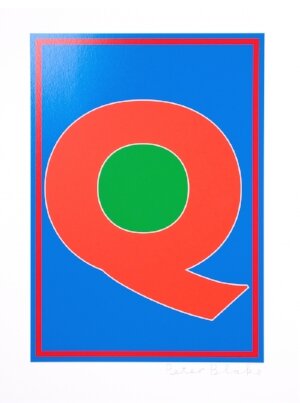
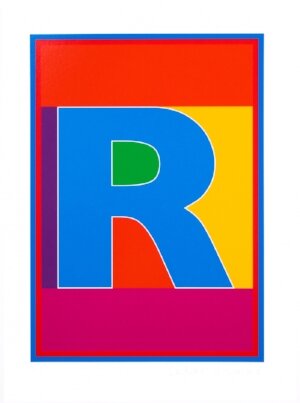
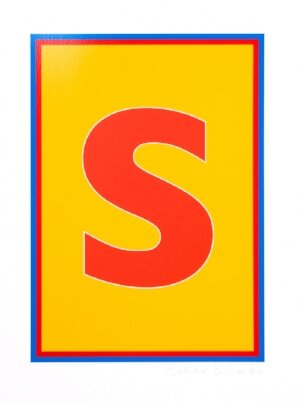
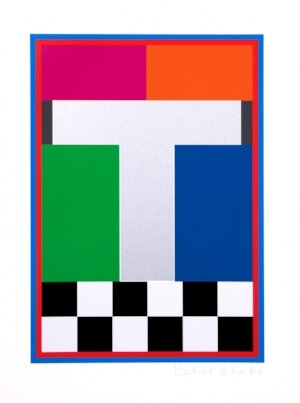
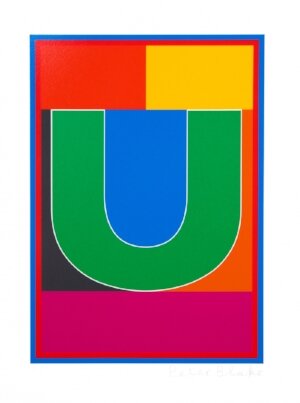
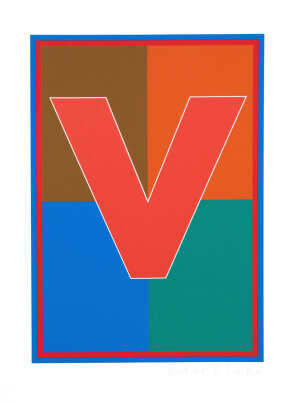
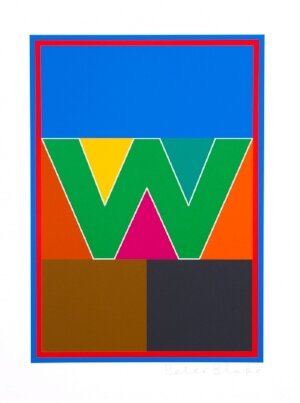
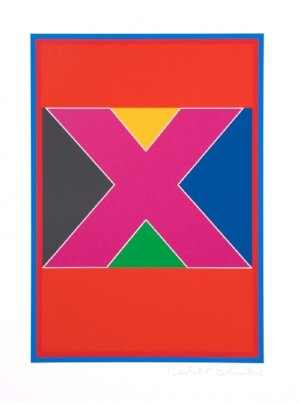
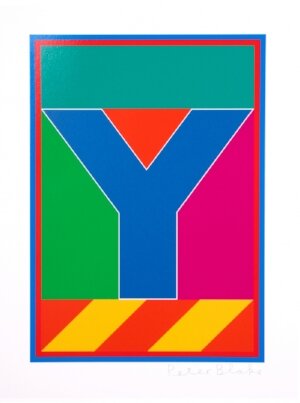
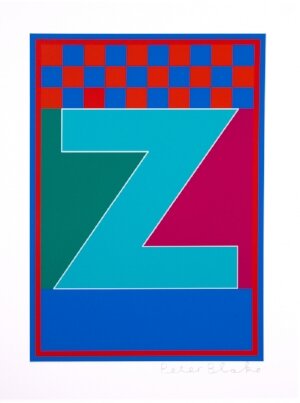
Signed Limited Edition Silkscreen
Created to raise awareness and funds for the British Heart Foundation
Edition of 150
Paper size: 58 × 76cm
£1900 Unframed
Contact the gallery for a framing quote
Or £190 per month on Own Art payable in 10 equal interest-free monthly instalments